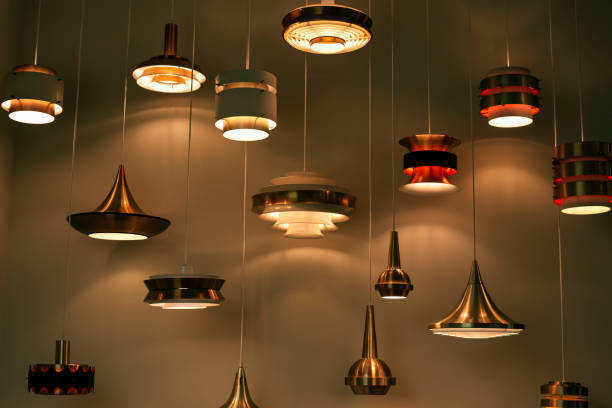Lighting is a vital component of interior design, capable of transforming the ambiance and functionality of a space. Whether you’re renovating your living room or setting up a new office, layering lighting can elevate your environment’s aesthetics and utility. For homeowners in search of designer lighting in Australia, understanding the art of layering lighting is essential for achieving a professional look.
Understanding Lighting Layers
The concept of layering lighting involves the use of multiple light sources at different levels to create a cohesive and versatile lighting scheme. Typically, it comprises three main types of lighting: ambient, task, and accent. Each type serves a distinct purpose, and together they contribute to both the form and function of a room.
Ambient Lighting
Ambient lighting, often referred to as general lighting, is the primary source of light in a space. It provides a uniform level of illumination throughout the room, allowing for safe and easy navigation. Ambient lighting typically comes from ceiling fixtures, such as chandeliers or recessed lights, and should be the starting point when planning your lighting design.
Task Lighting
Task lighting is more focused and is intended to illuminate specific areas for activities such as reading, cooking, or working. This type of lighting is usually provided by desk lamps, pendant lights over kitchen islands, or under-cabinet lighting. When selecting task lighting, it is crucial to ensure that it is adequately bright and free from glare to facilitate the task at hand.
Accent Lighting
Accent lighting is used to highlight architectural features, artwork, or decorative elements within a space. It creates a focal point and adds dimension and depth to the overall lighting scheme. Examples of accent lighting include track lights, wall-mounted fixtures, and spotlights. The key to effective accent lighting is usually contrast; it generally requires at least three times as much light on the focal point as the surrounding general lighting.
The Role of Lighting Fixtures
Choosing the right lighting fixtures is crucial to achieving a well-layered lighting arrangement. They not only serve functional purposes but also contribute to the style and decor of the space. A well-curated collection of lighting fixtures, such as those available at a reputable lighting shop in Australia, can significantly enhance the interior design of a room.
Techniques for Layering Lighting
When it comes to layering lights like a professional, consider the following techniques: dimmable switches, mixing light temperatures, and incorporating smart lighting solutions.
Dimmable Lighting
Dimmable lights offer versatility by allowing you to adjust the brightness according to your needs and mood. Install dimmer switches for ambient and accent lights to control the intensity and create the desired atmosphere.
Mixing Light Temperatures
Light temperature, measured in Kelvin, can affect the mood and functionality of a space. Mixing warm and cool lighting can create a balanced feel. For example, use warm lighting for relaxation areas and cooler lighting for detailed tasks.
Incorporating Smart Lighting
Smart lighting solutions provide the convenience of controlling your lights remotely and programming them to change automatically throughout the day. This technology can also include adjustments in colour temperature, providing an optimal light setting for every occasion.
Integrating Lighting into Design
Beyond function, lighting should be an integral part of the decor. Design considerations include selecting fixtures that complement the space’s style and ensuring that lights are proportionate to the room size and furniture placement.
Proportion and Scale
The scale of the lighting fixture should match the room dimensions and the furniture it is paired with. Large spaces often require large lighting fixtures, while compact areas benefit from modest-sized lights.
Style Cohesion
The style and finish of the lighting fixtures should align with the overall design theme of the room. Whether your style is contemporary, traditional, or eclectic, there are appropriate lighting fixtures that can merge seamlessly with your aesthetic.
Ultimately, layering lighting like an interior designer requires careful planning and consideration of the various types and roles of lighting. By selecting the right lighting fixtures and employing smart design techniques, you can transform any space into a beautifully illuminated environment. For those in Australia, accessing quality products from reliable sources can make the process streamlined and efficient.



